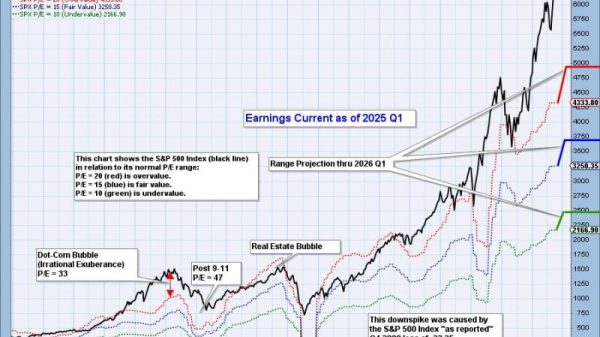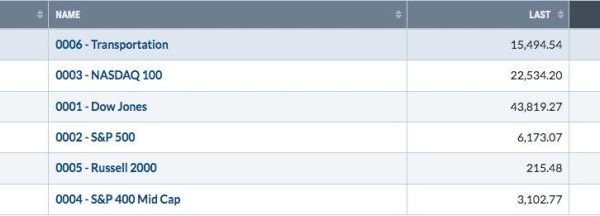In the fast-paced world of investing, understanding market dynamics and recognizing key indicators can make a significant difference in determining successful trading strategies. Keeping an eye on market movements and identifying crucial levels can help investors navigate through turbulent times, particularly when dealing with volatile assets such as MicroStrategy stock. Here are some essential levels that every investor should monitor when trading MicroStrategy’s declining shares.
Support Levels:
Support levels in trading indicate a price point at which a stock tends to find buyers and reverses its downward momentum. For MicroStrategy stock, key support levels can be crucial in understanding where potential buying interest could emerge. By monitoring these levels, investors can gauge when the stock’s decline may slow down or possibly reverse.
Resistance Levels:
Resistance levels are price points where a stock faces selling pressure, preventing it from rising further. Identifying resistance levels for MicroStrategy stock is essential for investors looking to sell or short the stock at optimal points. These levels can serve as key strategic points to consider when making trading decisions based on market sentiment and price action.
Moving Averages:
Moving averages can provide valuable insights into the overall trend of a stock and help investors gauge its price direction over a specific period. For MicroStrategy stock, monitoring moving averages can offer a clear representation of the stock’s momentum and potential shifts in sentiment. Investors can look for crossovers or divergences in moving averages as possible signals for changes in the stock’s direction.
Volume Analysis:
Analyzing trading volume can offer important clues about market participation and the strength of price movements. For MicroStrategy stock, observing volume spikes or divergences in trading activity can indicate significant shifts in investor sentiment. High volume during price declines may signal increased selling pressure, while low volume during potential reversals could suggest weaker bearish momentum.
Fibonacci Retracement Levels:
Fibonacci retracement levels are commonly used by traders to identify potential support and resistance levels based on key Fibonacci ratios. Applying Fibonacci retracement levels to MicroStrategy stock can help investors pinpoint price levels where the stock may retrace before resuming its trend. By incorporating these levels into technical analysis, investors can better anticipate potential price movements and plan their trading strategies accordingly.
In conclusion, trading MicroStrategy’s declining stock requires a keen understanding of key levels and indicators to make informed investment decisions. By monitoring support and resistance levels, moving averages, volume analysis, and Fibonacci retracement levels, investors can gain valuable insights into the stock’s price behavior and potentially capitalize on trading opportunities. With a disciplined approach and a thorough analysis of market dynamics, investors can navigate through the volatility of MicroStrategy stock and manage the risks associated with trading in a challenging market environment.


































